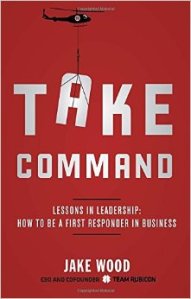Through my career in fire protection, I came to the realization that most people really, truly, just don't know. They are not aware of fire protection and life safety requirements, they don't understand what they need to do to be in compliance, they are pulled in too many directions to focus on any one aspect of their facility. This is even more true in the specialized field of aviation and aircraft hangars.
This is why I created the, NFPA 409 - Resource Guide. This guide is meant to be a companion to NFPA 409, Standard on Aircraft Hangars. The Resource Guide breaks down aircraft hangar requirements into a clear and concise process. It uses common terminology to describe hangar classifications, construction guidelines, and fire protection system installation and maintenance requirements.
The NFPA 409 - Resource Guide, includes all the materials necessary to train your staff or team members on the requirements and enforcement of the NFPA 409 standard. These training materials include, a powerpoint slideshow, an instructors guide (what to say with each slide), and the audio recording of me presenting this information.
The NFPA 409 - Resource Guide includes all checklists, tools, and referenced reading materials that a facility will need to maintain full compliance with the NFPA 409 standard.
This valuable training resource will enable your team to:
- understand and identify the protection, construction, and maintenance requirements for aircraft hangars
- practically apply the requirements of NFPA 409
.jpg) - implement a plan of action to ensure compliance with the standard
- implement a plan of action to ensure compliance with the standard
Product release date: Available now!
Digital download price: $24.95 (available for 5 days only 11/10 - 11/15)
Print price: $34.97 (discounted rate for 5 days only 11/10 - 11/15)
Whats included: .PDF version of NFPA 409 - Resource Guide, audio recording of the presentation, powerpoint and Google slides slideshow, instructors guide, all checklists, tools, and resources needed for a NFPA 409 compliance program.





.jpg)












